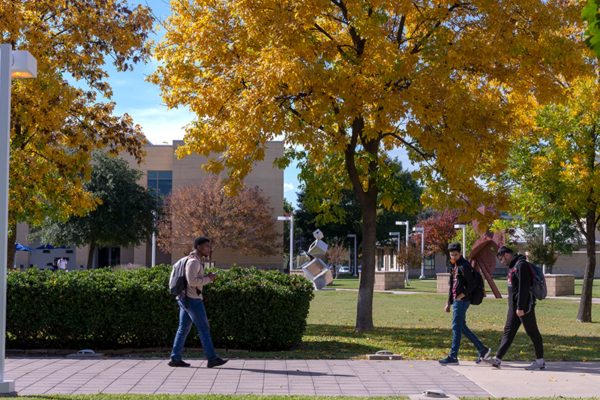Body image battles
One girl’s struggle with eating disorders
Senior Maddie Heimer has struggled with an eating disorder since elementary school. Starting treatment was the turning point for getting better.
Anorexia nervosa, bulimia nervosa, binge eating. These silent epidemics haunt the lives of millions of Americans daily. Eating disorders are any range of serious psychological and physical disorders that disturb a person’s normal eating habits, resulting in a health decline. Sometimes difficult to identify, many people live without knowing they may have any number of these serious conditions.
“My eating disorder has been with me since I was in fifth grade,” senior Madeline Heimer said. “I didn’t necessarily know it was an eating disorder, I thought that my body image was how everyone thought of themselves and I thought that everyone thought they were really fat and I thought that everyone wanted to lose weight.”
Eating disorders can take over a person’s life and in many cases, people with eating disorders such as anorexia do not want treatment and are satisfied with their thin figure. For Heimer, anorexia and bulimia are ways of life she recognized in middle school and still struggles with today, even after treatment.
“Whenever I knew that I had this eating disorder, I was okay with it at first,” Madeline said. “Then as it progressed over a period of about eight to nine months, it got worse and worse and worse and I noticed the effect it was taking on my life.”

While more women are expected to experience an eating disorder, men can be at a similar risk too.
“Eating disorders affect men just as much as they affect women,” Madeline said. “When I was in treatment, there was a 50/50 divide between boys and girls within the treatment center, it wasn’t just boys and girls it was all ages, eight to old as seventeen. Eating disorders don’t discriminate on who it affects, it’ll affect anyone no matter color, age, race, religion, gender, it doesn’t matter.”
While no one cause has been known to initially start eating disorders, a variety of reasons could lead to the start of one.
“There is a line between an eating disorder and just dieting,” former IAEDP president and CEDRD Kathryn Fink said. “What we have to do is identify if there is an eating disorder or just dieting and assess the situation. There are definitely factors that come in with biological factors within families giving a person special susceptibility to one. Behavioral and environmental situations can cause a person to gain one due the norm of it.”
There’s also another component that lead to problems.
“Emotional eating can cause an eating disorder in many people as they eat their feelings,” Fink said.
Symptoms range from anorexia nervosa with extreme weight loss, thin appearance, and frequent fatigue, to bulimia nervosa with self-induced vomiting, attachment to losing weight and overeating. Along with this, many other psychiatric conditions can co-exist with any of these serious conditions. These can include depression, bipolar depression, anxiety disorders, PTSD and more.
“I began having really bad anxiety whenever I was at lunch in the cafeteria or something and I would have panic attack,” Madeline said. “Then I stopped eating at lunch and my friends noticed and then that kind of transformed into my bulimia.”

Many treatments have been known to help those suffering from an eating disorder. These include therapy, diet coaches, and medical treatments, all of which can be found at doctor’s offices and hospitals.
“It was more of an interview process,” Heimer’s father Wallace Heimer said. “The treatment center had us sit down with a doctor, nutritionist, and nurses and interviewed us for the admissions and it let us know if she would be let in.”
While treatable, in many cases eating disorders can relapse, resulting in further depth of treatment and necessity for more treatment for the patient.
“What is sad about eating disorders is that it is like an addiction,” Wallace said. “Whether it be to alcohol or to drugs, it is very similar in the way that there are relapses. Heimer had a few short relapses in the time after her treatment but was very successful with the program and completed it very well.”
Many agree that the first steps are self acceptance and acknowledgment along with addressing someone close about the situation. From friends or family members to health professionals or eating disorder helplines, there are many ways to identify and overcome eating disorders.
“It’s always going to be there and it’s always going to be with me but now it’s definitely better,” Madeline said. “I get my urges and I can fight them or I am more comfortable talking about them with my parents or my friends and they help me through them. I still struggle, [but] going to treatment has really impacted my life.”

Kirk Niekamp is a sophomore in his first year in Wingspan. He is always on some sort of social media looking for new stories and is ready to take on anything...








